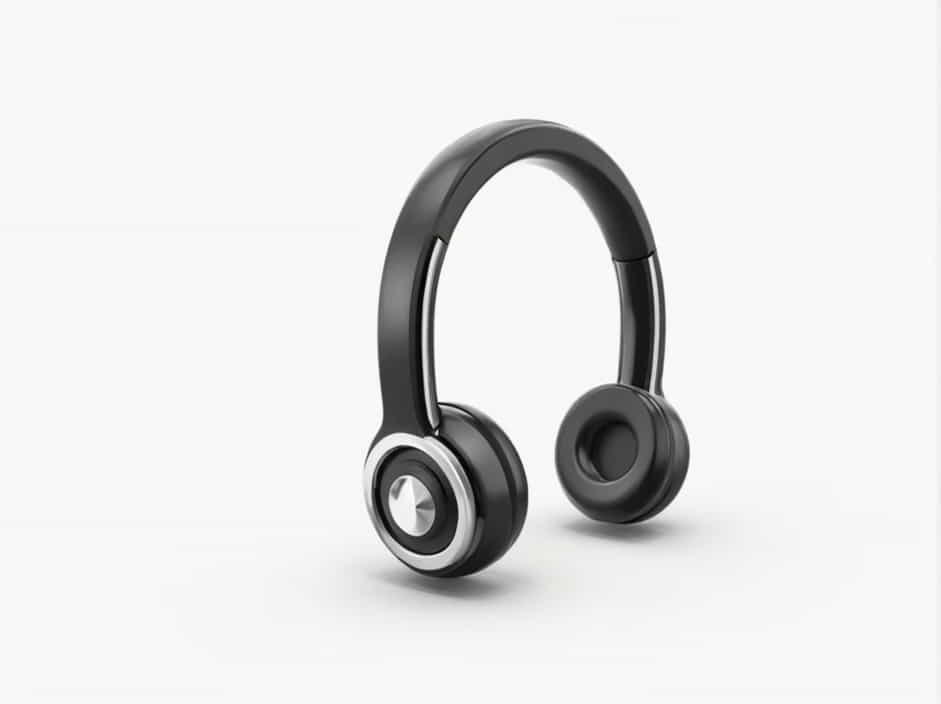The stirrup in the ear, also known as the stapes, is the smallest bone in the human body. This tiny yet essential bone plays a crucial role in hearing by transmitting sound vibrations from the middle ear to the inner ear. Without the stirrup bone, sound waves would not be effectively transferred, making it difficult to perceive sound clearly.
In this topic, we will explore the structure, function, and significance of the stirrup (stapes) bone, as well as its role in the hearing process and common disorders that affect it.
What Is the Stirrup (Stapes) Bone?
The stapes is one of the three small bones in the middle ear, collectively called the ossicles. These bones include:
- Malleus (Hammer)
- Incus (Anvil)
- Stapes (Stirrup)
The stapes is shaped like a stirrup, which is where it gets its name. It is responsible for transmitting vibrations from the incus to the inner ear, allowing us to perceive sound waves as auditory signals.
Structure of the Stirrup (Stapes) Bone
The stapes is a horseshoe-shaped bone consisting of three main parts:
- Head – Connects to the incus (anvil bone).
- Arch/Crura – Two curved structures that support the footplate.
- Footplate – Rests against the oval window of the cochlea, where vibrations are transmitted to the inner ear.
Despite its tiny size (about 3 mm in length), the stirrup bone is essential for proper hearing function.
How Does the Stirrup Bone Work?
The stirrup bone is part of the auditory chain, which transmits sound waves from the outer ear to the brain. Here’s how it works:
1. Sound Wave Reception
- Sound waves enter the ear canal and reach the eardrum (tympanic membrane).
- The eardrum vibrates in response to these sound waves.
2. Vibration Transmission Through the Ossicles
- The vibration moves to the malleus (hammer), which then transfers it to the incus (anvil).
- The incus passes the vibration to the stapes (stirrup).
3. Amplification and Transmission to the Inner Ear
- The stapes pushes against the oval window of the cochlea.
- This movement creates fluid waves in the cochlea, stimulating hair cells that send auditory signals to the brain via the auditory nerve.
This process allows the brain to interpret sound waves as speech, music, or other noises.
Why Is the Stirrup Bone Important?
The stirrup bone is essential because it:
✔ Amplifies sound waves for clearer hearing.
✔ Transmits vibrations efficiently to the cochlea.
✔ Protects the inner ear from excessive noise by working with the middle ear muscles.
✔ Maintains proper hearing function and sound clarity.
Without the stapes, sound transmission would be significantly reduced, leading to hearing impairment or deafness.
Common Disorders Affecting the Stirrup Bone
Several conditions can affect the function of the stapes, leading to hearing loss or other auditory problems.
1. Otosclerosis (Stapes Fixation)
- A condition where abnormal bone growth fuses the stapes to the oval window, reducing its ability to vibrate.
- Causes gradual hearing loss, often in both ears.
- Can be treated with stapedectomy surgery, which replaces the stapes with a prosthetic.
2. Stapes Fracture
- Can occur due to head trauma or loud noise exposure.
- Leads to conductive hearing loss, making it difficult to hear soft sounds.
3. Middle Ear Infections (Otitis Media)
- Bacterial or viral infections in the middle ear can cause inflammation, affecting stapes movement.
- Can result in temporary hearing loss, ear pain, and fluid buildup.
4. Congenital Stapes Abnormalities
- Some individuals are born with malformed or missing stapes bones, leading to hearing impairment from birth.
- Treatment may involve hearing aids or surgery.
How to Maintain Ear and Hearing Health
Taking care of your ears and protecting the stapes bone can help maintain good hearing function throughout life. Here are some tips:
1. Avoid Loud Noises
- Prolonged exposure to loud music, machinery, or explosions can damage the ossicles.
- Use ear protection in noisy environments.
2. Treat Ear Infections Promptly
- Untreated ear infections can lead to middle ear damage.
- Seek medical attention if you experience pain, hearing loss, or discharge.
3. Maintain Proper Ear Hygiene
- Avoid inserting cotton swabs or sharp objects into the ear canal.
- Clean ears gently to prevent damage to the eardrum and ossicles.
4. Regular Hearing Checkups
- Visit an audiologist for regular hearing tests, especially if you experience hearing difficulties.
5. Avoid Sudden Pressure Changes
- Rapid altitude changes (e.g., airplane travel, scuba diving) can affect the middle ear.
- Yawning, swallowing, or chewing gum can help equalize pressure.
The stirrup (stapes) bone is a small yet powerful part of the human ear, playing a crucial role in hearing and sound transmission. It works with the malleus and incus to transfer vibrations to the inner ear, allowing us to perceive sounds effectively.
Despite its tiny size, any damage or disorder affecting the stapes can lead to hearing problems or even deafness. Maintaining ear health and seeking medical help for hearing issues can help preserve hearing function and prevent complications.
By understanding the importance of the stirrup bone, we can appreciate how our ears work and take steps to protect our hearing for a lifetime.
